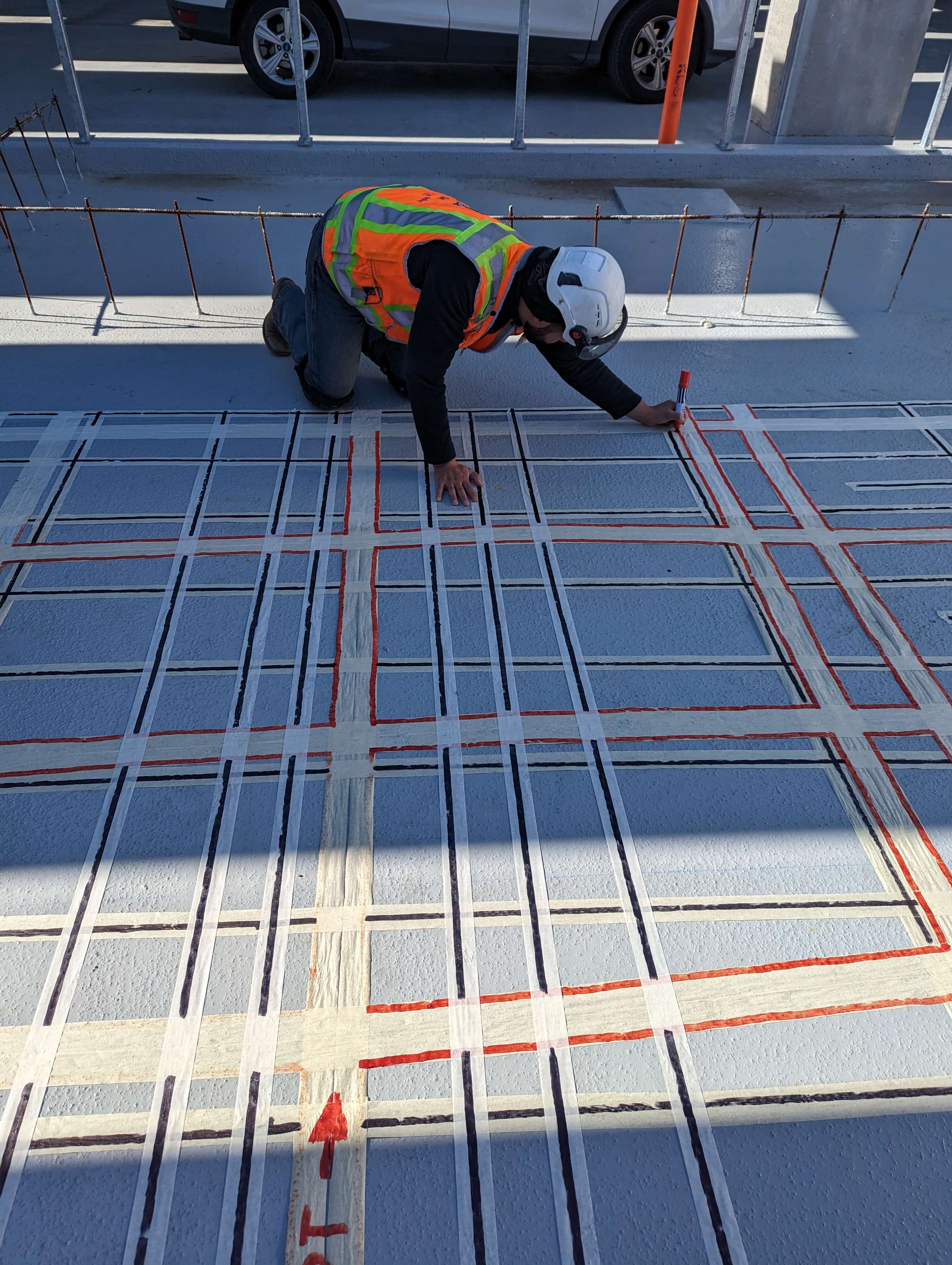Introduce the Transformative Power of Concrete Scanning in Optimizing Performance and Safety And Security
Concrete scanning has emerged as an important device in the building and construction industry, using unequaled benefits in boosting project efficiency and ensuring safety and security requirements. By making use of sophisticated innovation, concrete scanning permits specialists to see beyond the surface, discovering concealed intricacies that could influence the structural integrity of a structure. The transformative power of concrete scanning exists in its ability to give in-depth understandings and real-time information, changing just how projects are planned and executed. As we explore the complexities of this innovative strategy, a globe of opportunities opens, showcasing a brand-new era of building and construction techniques that prioritize accuracy and safety and security.
Importance of Concrete Scanning
Making certain the architectural stability and security of construction tasks starts with the critical step of carrying out extensive concrete scanning. Concrete scanning is a non-destructive method made use of to spot and map subsurface elements within concrete structures. This procedure is important in identifying possible threats, such as rebar, post-tension cords, and conduits, that may be hidden within the concrete. By using advanced technologies like ground-penetrating radar (GPR) and electro-magnetic induction, construction teams can accurately locate these elements without causing any kind of damage to the structure.
Furthermore, concrete scanning assists in optimizing project timelines and spending plan by avoiding unexpected prices and hold-ups that may arise due to unanticipated blockages within the concrete. Eventually, spending in thorough concrete scanning is an aggressive technique that boosts both performance and safety and security in building and construction tasks.
How Concrete Scanning Functions
Concrete scanning runs as a crucial device in building jobs by utilizing advanced innovations to find and map subsurface components without causing architectural damage. Ground Passing Through Radar (GPR) and Electromagnetic Induction (EMI) are two main techniques made use of in concrete scanning.
Throughout the scanning procedure, the data accumulated is evaluated in real-time, permitting instant recognition of potential dangers or challenges underneath the surface. This information aids in decision-making, making certain that construction activities continue securely and efficiently. Additionally, 3D imaging software program can be utilized to produce topographic maps of the subsurface components, better boosting job planning and execution. By using these advanced technologies, concrete scanning significantly lowers the danger of costly damages and injuries on construction websites.
Advantages of Concrete Scanning
Utilizing advanced scanning technologies in building and construction tasks supplies a multitude of advantages, boosting both effectiveness and security on-site. Among the primary benefits of concrete scanning is the capacity to find and find ingrained things such as rebar, post-tension wires, and conduits accurately. By recognizing these components before exploration or cutting right into concrete frameworks, the danger of unintended strikes is considerably lowered, avoiding potential injuries to employees and damages to the framework itself. Concrete scanning helps in preparation and making much more properly, as it gives precise info about the location and depth of architectural components.

Situation Researches: Concrete Scanning Success

In one more situation, a construction business utilized 3D concrete scanning to evaluate the condition of maturing concrete frameworks in a historic building. The comprehensive scans given useful understandings right into the extent of wear and tear and helped prioritize upkeep initiatives successfully. By proactively dealing with areas of problem recognized via scanning, the business had the ability to extend the life-span of the structure and ensure occupant security.
These study underscore the transformative power of concrete scanning in improving effectiveness, accuracy, and safety in building and construction jobs.
Carrying Out Concrete Scanning in Projects
Applying advanced scanning technologies during building jobs has come to be progressively necessary for enhancing you can look here accuracy and safety and security. By integrating concrete scanning right into project preparation and execution, construction teams can determine prospective dangers, such as rebar or post-tension cable televisions, hidden within concrete frameworks. This aggressive technique reduces the danger of crashes, delays, and pricey rework, inevitably leading to extra reliable project timelines and spending plans.
To execute concrete scanning successfully, project supervisors ought to collaborate very closely with knowledgeable scanning specialists to figure out the most ideal scanning techniques for the specific job requirements. Engaging scanning specialists from the onset of a job allows the group to create extensive scanning plans that resolve key areas of worry and ensure detailed information collection.
Additionally, including concrete scanning into normal task process can improve decision-making procedures, as real-time check data gives instant insights into the condition of concrete structures - Concrete Scanning. This data-driven approach assists in notified problem-solving and allows teams to make changes without delay, promoting a society of effectiveness and safety and security throughout the project lifecycle
Verdict
Finally, concrete scanning plays a crucial role in boosting efficiency and safety and security in construction projects. By utilizing advanced innovation to discover and map out underlying structures within concrete, this procedure aids to protect against pricey errors, ensure architectural honesty, and reduce dangers on site. With the capacity to reveal covert elements and provide precise data, concrete scanning shows to be an important device for optimizing task results and making the most of overall success.
Concrete scanning is a non-destructive approach used to spot and map subsurface continue reading this components within concrete frameworks. Additionally, concrete scanning aids in enhancing task timelines and budget plan by staying clear of unforeseen costs and hold-ups that might occur due to unforeseen obstructions within the concrete. One noteworthy instance study involves a large-scale renovation project where concrete scanning played a crucial role in ensuring project success.In one more case, a building and construction firm utilized 3D concrete scanning to evaluate the problem of aging concrete structures in a historic building. By incorporating concrete scanning right into task planning and implementation, construction groups can identify potential hazards, such as rebar or post-tension cables, hidden within concrete frameworks.